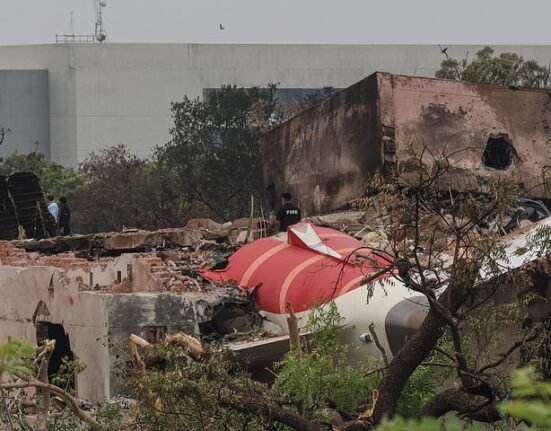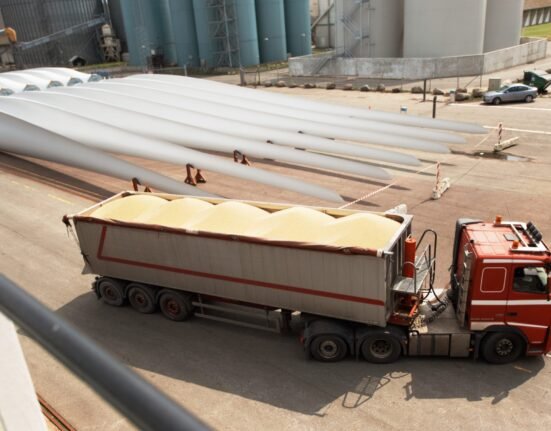Ensuring that these powerful tools, such as chainsaws, stump grinders, and woodchippers, are operated safely is critical not only for farmers and farm workers but also for the long-term sustainability of the environment.
At Lantra, we champion practical skills and safety. We explore how farmers can stay safe while operating this powerful machinery.
Know the risks
Forestry and arb tasks involve high-risk environments – steep terrain, unpredictable tree movement, heavy machinery, and fast-moving blades.
According to HSE data, tree work is one of the most hazardous activities in agriculture and the land-based industries.
Injuries often result from poor training, inadequate planning, or complacency around safety procedures.
Some of the common key hazards include: contact with chainsaws or moving machinery parts; being struck by falling trees, limbs, or machinery; slips and falls on uneven or wet terrain; and noise, vibration, and long-term health risks such as HAVS (Hand-Arm Vibration Syndrome).
Get the right training
Training isn’t just a box to tick – it saves lives.
Every operator must understand how to use machinery safely and effectively. At Lantra, we offer nationally recognised training and certification for a range of forestry and arb equipment, including: Chainsaw Maintenance and Cross-cutting, Felling small trees, Wood-chippers and Stump Grinders, and Brushcutters and Trimmers.
Our courses combine hands-on practice with theory, helping operators to spot hazards early, maintain equipment properly, and work confidently.
Maintain your machinery
A well-maintained machine is a safer machine.
Your daily checks should include:
- Blades and chains: Are they sharp, clean, and tensioned correctly?
- Safety guards: Are they secure and functioning?
- Hydraulic lines: Are there signs of wear, leaks, or damage?
- Emergency stops and controls: Are they responsive?
We recommend you follow manufacturers’ maintenance schedules and keep a log of inspections. Regular servicing by qualified technicians is also key.
Use the right PPE
Personal Protective Equipment (PPE) is your last line of defence. For forestry and arb work, you, and your staff, should be wearing chainsaw protective trousers and gloves; safety helmet with face and ear protection; high-visibility clothing; and steel-toe boots with good grip
Make sure PPE fits correctly and is in good condition. Replace any damaged gear immediately.

Plan the job
Before any tree work starts, it is important to carry out a risk assessment and site survey, specifically considering weather conditions, access routes and escape paths, proximity to power lines or buildings, and ground conditions (e.g., waterlogged or steep slopes)
Use the right machinery for the task and never cut corners. A few extra minutes of planning can prevent serious injury.
Stay informed
Health and safety regulations evolve, and so should your knowledge. Regular refresher training and toolbox talks help keep safety top of mind. Encourage a culture where staff and contractors speak up about hazards and report near-misses.
Forestry and arb machinery can transform farm woodland into a productive asset—but only if operated safely. Training, planning, and good maintenance are non-negotiable. At Lantra, we’re here to support farmers with the skills and confidence they need to stay safe and thrive in this demanding environment.
For more information on our training and qualifications, visit www.lantra.co.uk









